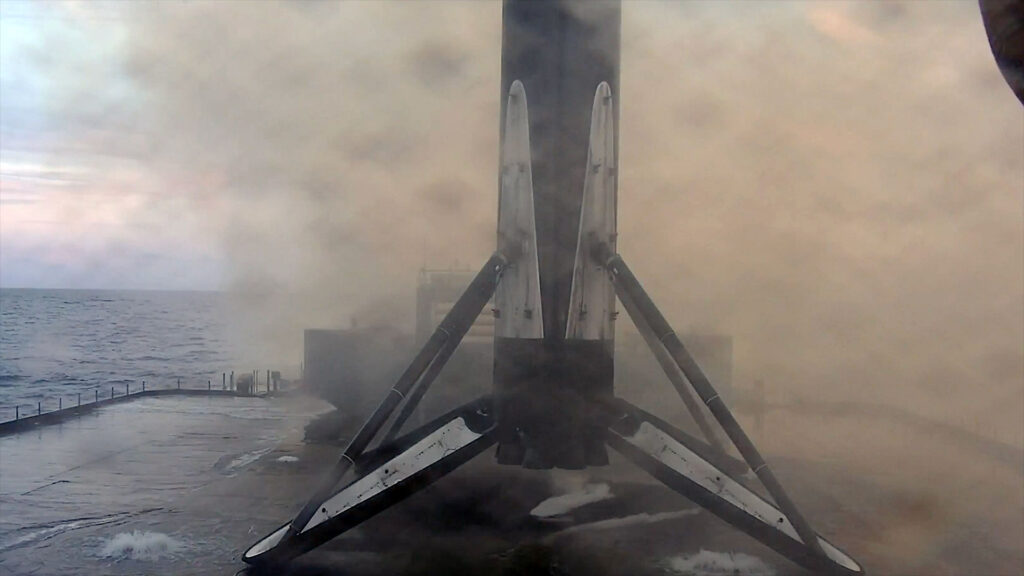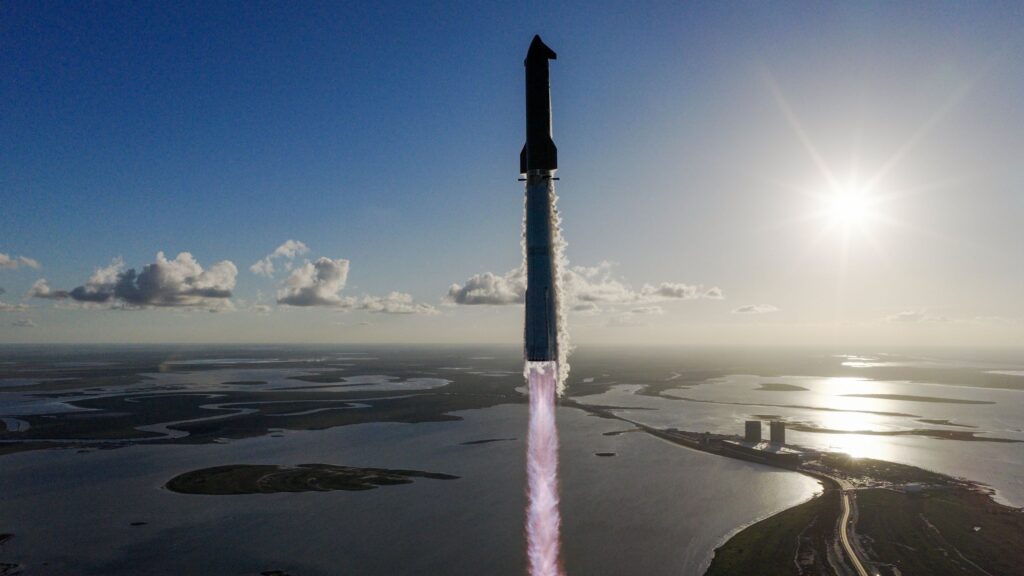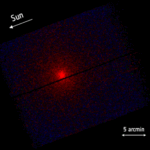Now Reading: Behold! 1st images of artificial solar eclipse captured by ESA’s Proba-3 mission
-
01
Behold! 1st images of artificial solar eclipse captured by ESA’s Proba-3 mission
Behold! 1st images of artificial solar eclipse captured by ESA’s Proba-3 mission

Total solar eclipses are rare, but exactly how rare is now up for debate after the European Space Agency debuted the first images today (June 16) from two new satellites that together operate as an “eclipse machine.”
Total solar eclipses currently occur 14 times every 18 years and 11 days somewhere on Earth, which is one every 16 months, on average. According to NASA, they occur once every 366 years in any specific place.
Requiring neither lucky geography nor patience, the European Space Agency (ESA) Proba-3 mission, which launched on a PSLV-XL rocket from India’s Satish Dhawan Space Centre on Dec. 5, 2024, has just sent back its first images that are sure to impress eclipse chasers across the world. The mission is the first to see two satellites orbit in a “precision formation,” with one acting as the moon to eclipse the sun in front of the other, which points a telescope at the sun to capture its elusive corona.
A decade in the making, these first images — from the mission’s first successful formation flying demo on May 23 — are a glimpse of what’s to come.
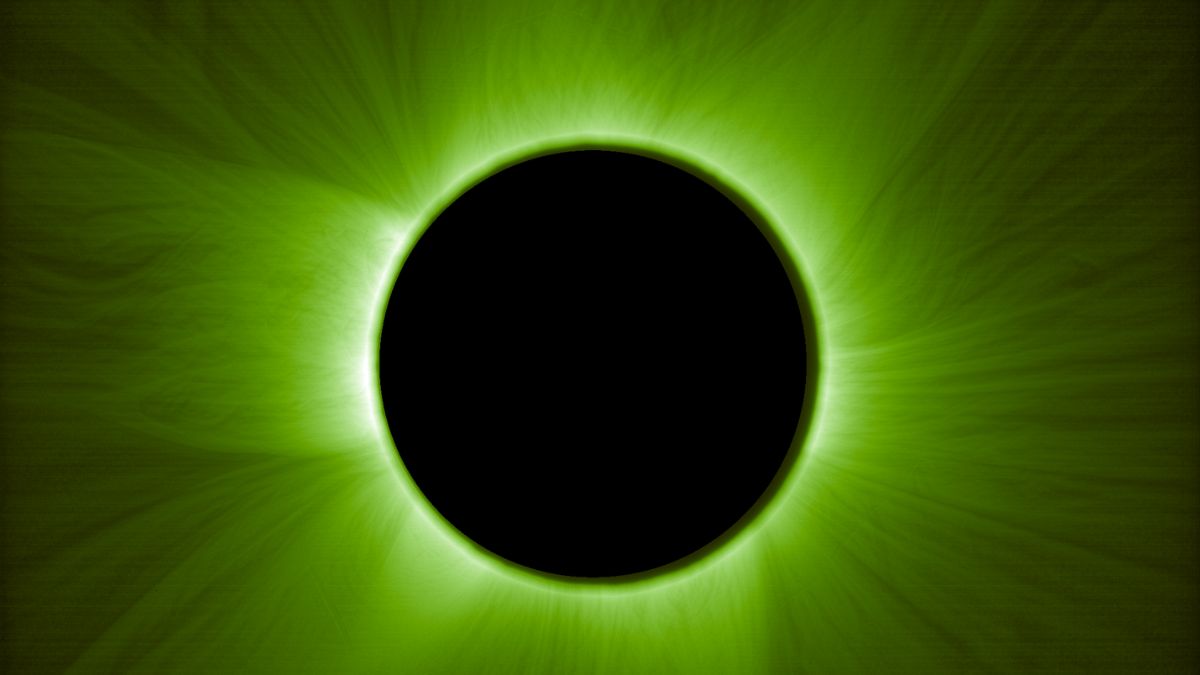
The sun’s corona
The solar corona, the sun’s outer atmosphere, is a mystery. The sun’s photosphere, its surface, is about 10,000 degrees Fahrenheit (5,500 degrees Celsius), but the corona is two million degrees Fahrenheit (over 1,1 million degrees C) — about 200 times hotter. Scientists need to know why and how this is the case, mainly because the corona is where the solar wind is generated.
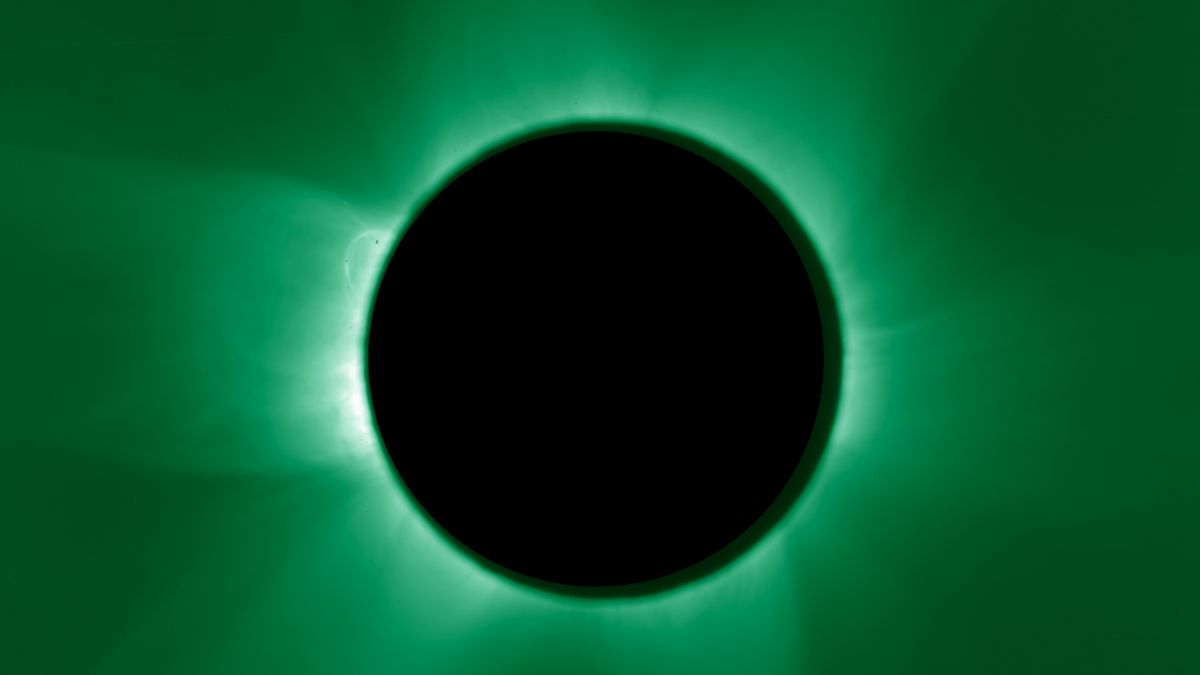
“As well as being an amazing thing to see, the corona is also a laboratory for plasma physics and the main source of space weather,” said Andrei Zhukov, Principal Investigator for the Association of Spacecraft for Polarimetric and Imaging Investigation of the Corona of the Sun (ASPIICS) at the Royal Observatory of Belgium, speaking at the Solar Eclipse Conference in Leuven, Belgium.
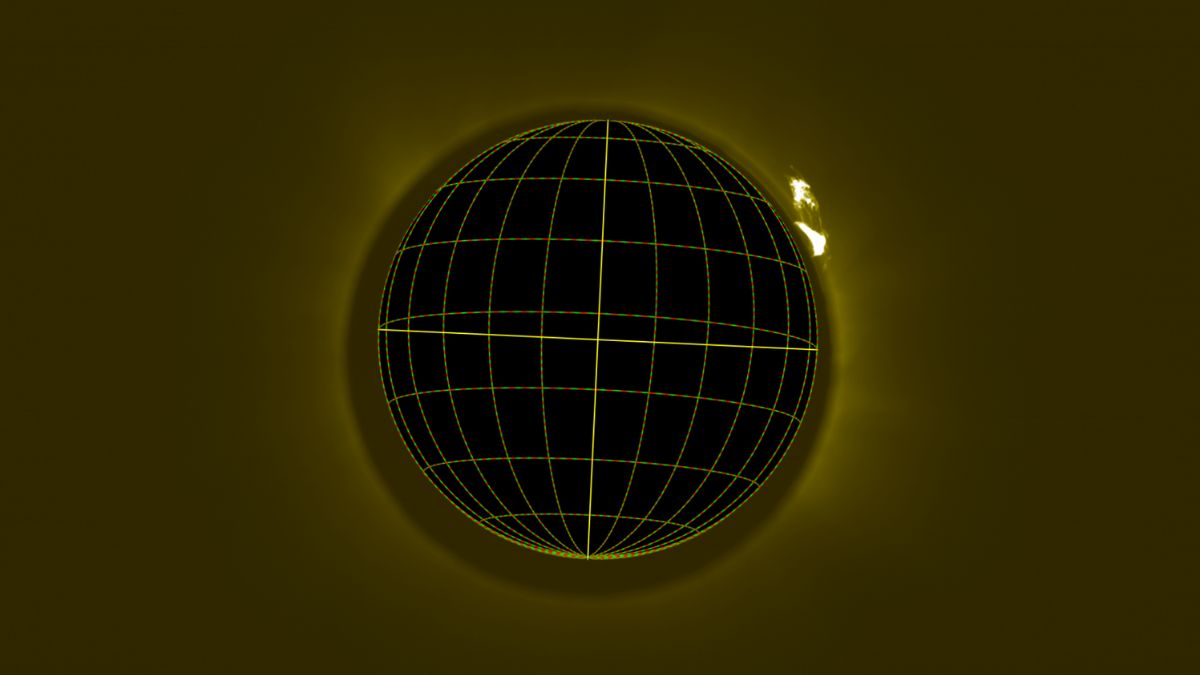
Capturing a prominence
Observations of the corona are crucial to understanding phenomena such as solar wind and coronal mass ejections, which can disrupt Earth’s power and communication systems and produce spectacular displays of the northern lights. However, Proba-3’s images will also help solar physicists see features in the corona that are sometimes visible to observers of total solar eclipses. “Sometimes, clouds of relatively cold plasma are observed near the sun, creating what we call a prominence,” said Zhukov. Prominences are much colder than the surrounding million-degree hot plasma in the corona, though still around 10,000 degrees Celsius. “We are very happy to have been able to capture one such structure in one of the first ASPIICS images,” said Zhukov.
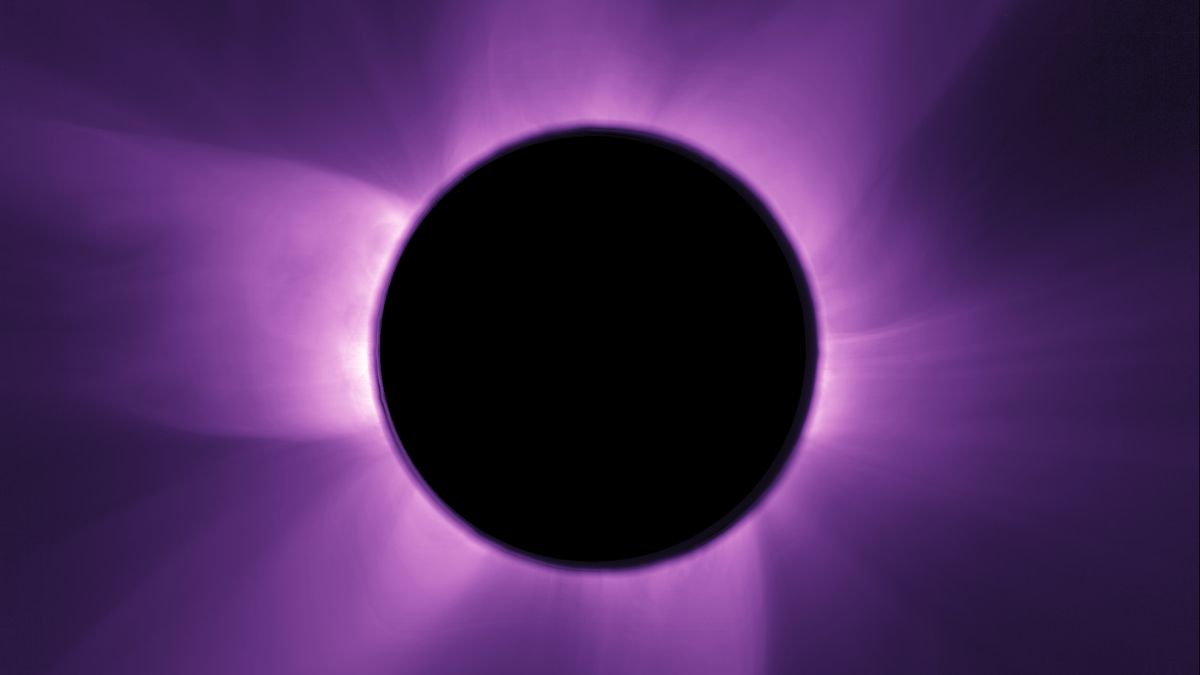
Coronagraphs in space
But there’s a problem. The sun’s disk is a million times brighter than the corona and completely overwhelms the human eye. The only time the corona can be seen is during a total solar eclipse. “They’re inconvenient, they’re rare and last only a few minutes,” said Zhukov.”The last total solar eclipse in Belgium was in 1406, and the next is in 2090. That’s why we have coronagraphs.”
A coronagraph is a device attached to a telescope that blocks out the direct light from a star — in this case, the sun — so that whatever is around it can be seen. Sometimes it’s exoplanets. In this case, it’s the corona. Unfortunately, Earth’s atmosphere scatters that light. In short, they work much better in space. “Current coronagraphs are no match for Proba-3, which will observe the sun’s corona down almost to the edge of the solar surface,” says Jorge Amaya, Space Weather Modelling Coordinator at ESA. “So far, this was only possible during natural solar eclipses.”
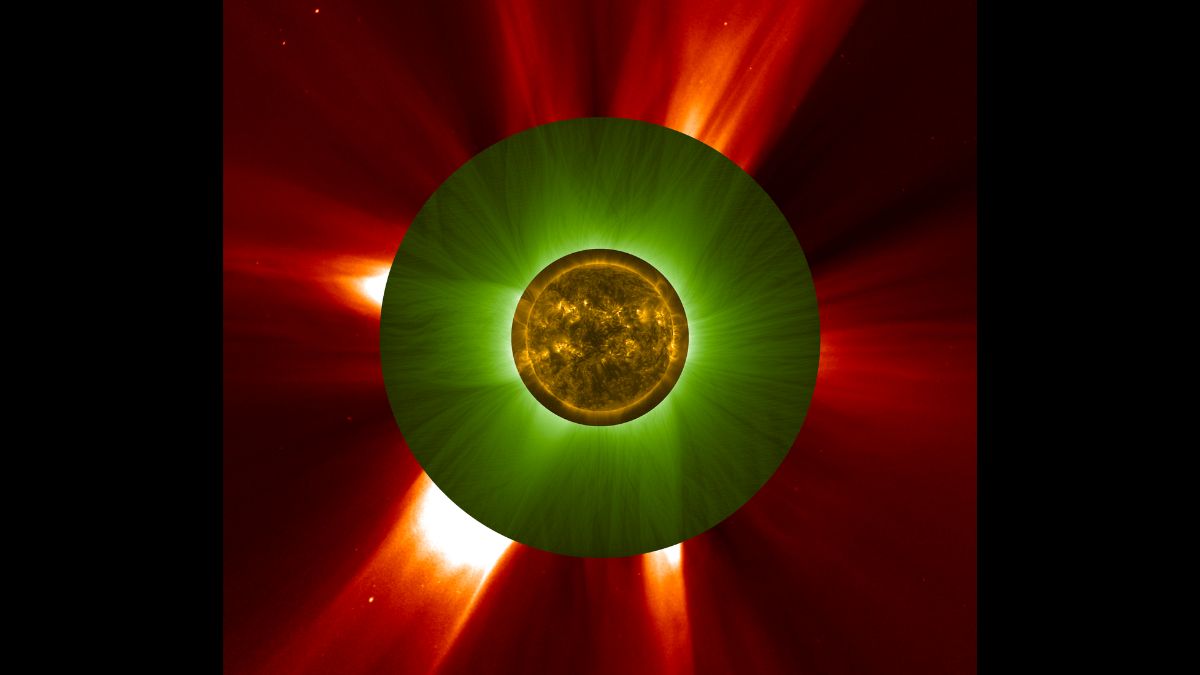
Proba-3’s first images
In March, Proba-3’s two spacecraft — the Coronagraph satellite and the Occulter satellite — aligned 500 feet (150 meters) apart with millimeter accuracy for several hours without ground intervention. The Occulter successfully blocked the sun’s disk to cast a shadow onto ASPIICS — the coronagraph’s sensitive optical instrument that captures the corona. “Having two spacecraft form one giant coronagraph in space allowed us to capture the inner corona with very low levels of stray light in our observations, exactly as we expected,” said Damien Galano, Proba-3 mission manager. “I was absolutely thrilled to see the images, especially since we got them on the first try,” said Zhukov. “It’s just a teaser because we are still in the commissioning phase.”
How Proba-3’s images are created
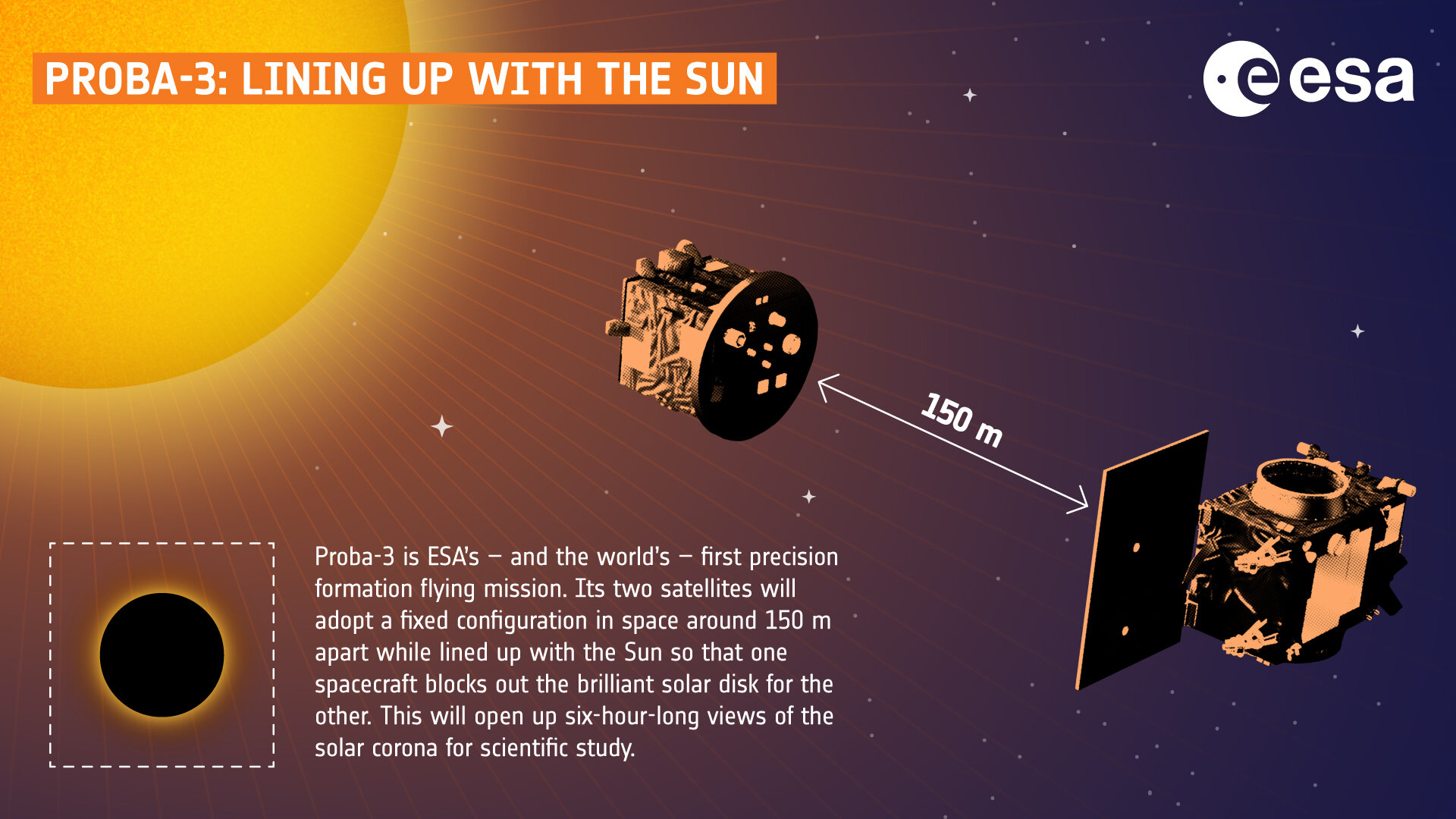
The images themselves were processed by scientists and engineers at the ASPIICS Science Operations Centre at the Royal Observatory of Belgium. Each complete image — covering the area from the occulted sun to the edge of the field of view — is constructed from three images. “The difference between those is only the exposure time, which determines how long the coronagraph’s aperture is exposed to light. Combining the three images gives us the full view of the corona,” said Zhukov. “Our ‘artificial eclipse’ images are comparable with those taken during a natural eclipse — the difference is that we can create our eclipse once every 19.6-hour orbit.”
Proba-3 will create about 1,000 hours of images of the corona over its two-year mission — and anyone will be able to download the data. “We have an open data policy — the uncalibrated data will be published immediately so everyone will be able to calibrate their own data,” said Zhukov.
Proba-3’s orbit
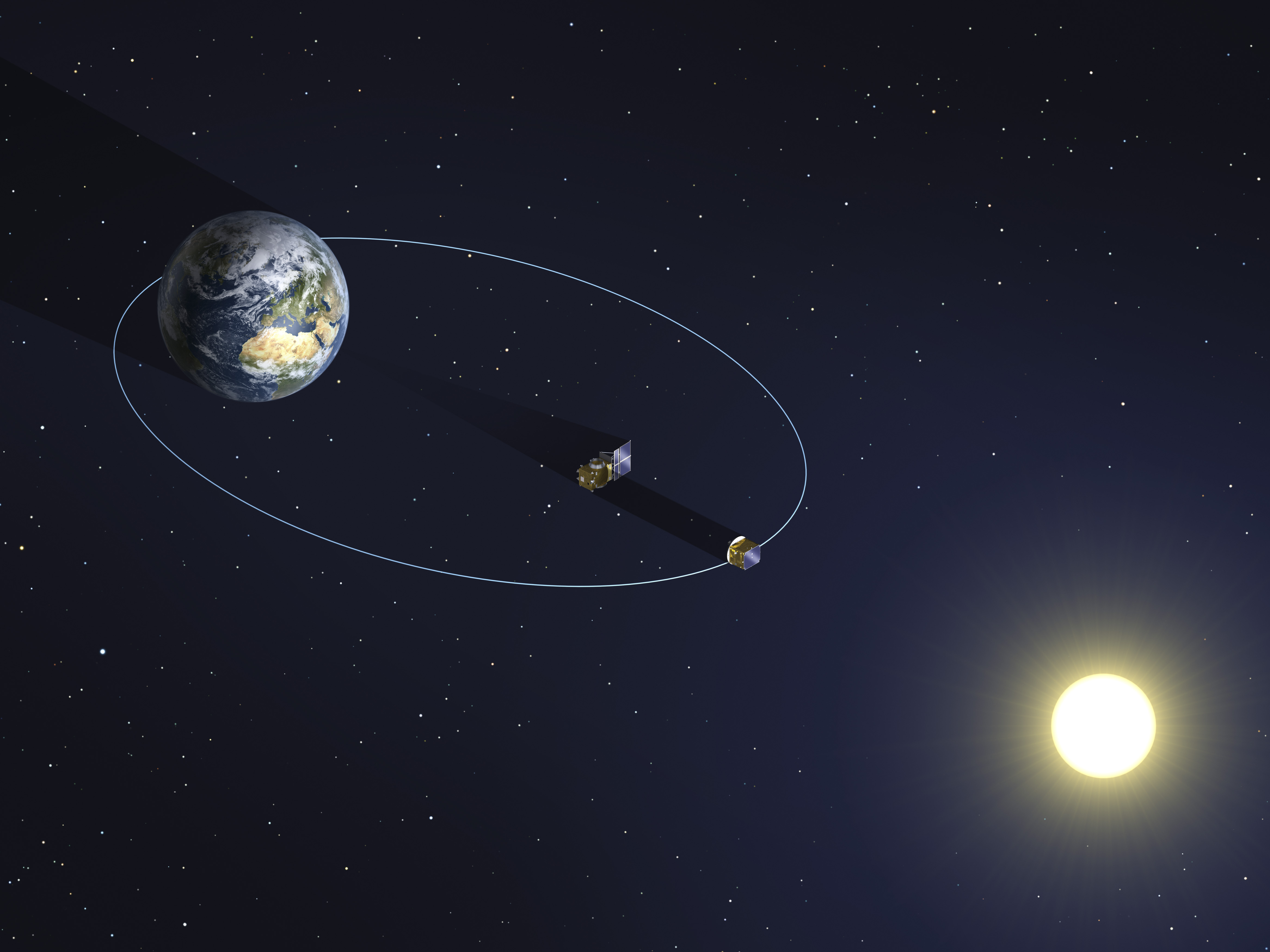
The solar-powered Proba-3 satellites have an elliptical orbit with a perigee (closest point) of 373 miles (600 kilometers) and an apogee of 37,000 miles (60,000 kilometers). They only fly in formation when close to apogee because that’s when Earth’s gravity, its magnetic field and atmospheric drag are at their weakest. That allows the satellites to use minimal propellant to attempt formation flying. The coronagraph satellite positions itself 492 feet (150 meters) behind the occulter satellite — two orders of magnitude farther than any other space-based coronagraph — with the formation flying performed down to a single millimeter in precision. The 4.4 feet (1.4 meters) occulter casts a 3.15 inch (8 centimeters) shadow onto the coronagraph. Remarkably, it’s all done autonomously, with Proba standing for “Project for onboard autonomy”.
“The precision achieved is extraordinary,” said Dietmar Pilz, ESA Director of Technology, Engineering and Quality. “It validates our years of technological development and positions ESA at the forefront of formation flying missions.”
The first artificial solar eclipse
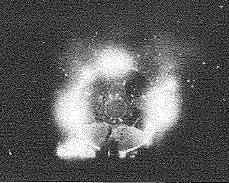
Proba-3 is not unique. A joint mission between the U.S. and the Soviet Union, the Apollo-Soyuz Test Project in 1975 saw the first coronal observation using formation flying, with the Apollo spacecraft acting as an improvised coronagraph, allowing the Soyuz crew to photograph the solar corona. “It was all done by hand — the image was taken through a window of a Soyuz spacecraft,” said Zhukov. The results were disappointing, mainly because the thruster gases around the spacecraft scattered the light.
With Proba-3, the concept has become a reality, and artificial solar eclipses will be possible, revealing the inner solar corona without the need to wait for a total solar eclipse. Will that deter eclipse chasers? Absolutely not!
Stay Informed With the Latest & Most Important News
Previous Post
Next Post
Previous Post
Next Post
-
 012024 in Review: Highlights from NASA in Silicon Valley
012024 in Review: Highlights from NASA in Silicon Valley -
 02Panasonic Leica Summilux DG 15mm f/1.7 ASPH review
02Panasonic Leica Summilux DG 15mm f/1.7 ASPH review -
 03From Polymerization-Enabled Folding and Assembly to Chemical Evolution: Key Processes for Emergence of Functional Polymers in the Origin of Life
03From Polymerization-Enabled Folding and Assembly to Chemical Evolution: Key Processes for Emergence of Functional Polymers in the Origin of Life -
 04How New NASA, India Earth Satellite NISAR Will See Earth
04How New NASA, India Earth Satellite NISAR Will See Earth -
 05And Thus Begins A New Year For Life On Earth
05And Thus Begins A New Year For Life On Earth -
 06Astronomy Activation Ambassadors: A New Era
06Astronomy Activation Ambassadors: A New Era -
07SpaceX launch surge helps set new global launch record in 2024













